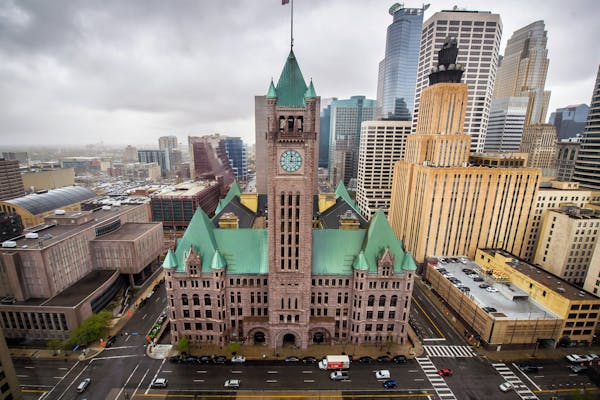The number of students in the Minneapolis and St. Paul school districts continues to decline as both look for signs of stabilizing enrollment.
State dollars are doled out per student, so declining enrollment further stresses school budgets just as districts prepare for the 2024 sunset of tens of millions in pandemic relief dollars.
Minneapolis Public Schools (MPS) are down about 385 students in grades K-12 compared with last year. A year-over-year decline has been a persistent trend for the city's schools: The district has lost more than 7,000 students over the past five years.
Still, Minneapolis school leaders said this year's numbers aren't as dire as predicted: Staff had estimated a steeper decline. Enrollment stands at about 27,850 for grades K-12.
"We are 228 students over budget, which is favorable to the budget, and we are happy about that," said Thom Roethke, the district's budget director. Lower birth rates have meant fewer students enrolling in kindergarten, Roethke said, but he's hopeful the decline will plateau. Over the next several years, he said, the district, which has building capacity for 40,000 students, expects enrollment to level off around 23,000 students.
The numbers were presented last week at a finance committee meeting that also introduced the district's latest five-year financial projection, which remains grim and largely unchanged from last year's.
Even with factoring in the "historic school aid package passed by the Minnesota legislature in the Spring of 2023, MPS will be unable to weather the loss of federal COVID-19 emergency funding and will be forced to make difficult financial decisions during the next two budget cycles," read a memo for that projection, which will be presented to the full board next month.
St. Paul seeks to stabilize
St. Paul Public Schools officials were heartened by a Sept. 22 tally showing a decline of just shy of 400 students from the 32,250 who generated state funding in 2022-23.
All districts must report their attendance for Oct. 1 to the state, but that number is not yet available.
"We are confident that (this year's) official Oct. 1 tally will be higher than the preliminary numbers once all of the cleaning and verifying is complete," district spokeswoman Erica Wacker said in an email Wednesday.
This year's decline — about 1.2% — would meet a goal set by the district a year ago to "stabilize" enrollment by losing no more than 1.5% of students from one year to the next.
Said Wacker, "We need to stabilize before we can grow."
Grade-level changes offered a touch of good news for kindergarten — the aim of all districts eyeing long-term health — and a bit of a setback for sixth grade.
St. Paul had 2,470 kindergartners on Sept. 22, up three children from a year ago. It's a shift in fortune from the losses sparked by school start-time changes that required more than 10,000 children at two dozen schools to begin their day earlier at 7:30 a.m. in 2019-20.
Sixth-grade enrollment had a preliminary decline of 150 students. That's the key transition year after elementary school, and Superintendent Joe Gothard has made a middle school revival a centerpiece of his "SPPS Achieves" strategic plan.
The district had projected a loss of 126 sixth-graders.
Despite being a priority for St. Paul, preschool students — in this case, 933 kids — were not included in the district's Sept. 22 tally because they do not generate state aid.

Charges: Minneapolis man, out-of-state cohort filed more than 100 false tax claims totaling $3M

Walz weighs in on canceled Minnesota cannabis license lottery: Litigation 'happens in every state'

Gov. Tim Walz calls for tougher Medicaid fraud penalties as FBI investigates autism centers

Minnesota abandons early cannabis lottery, retail pot sales likely to start later than expected

